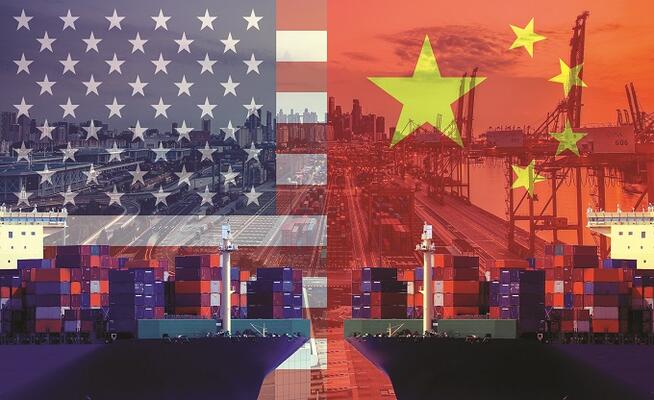
Why protectionism spells trouble for global economic growth
For hundreds of years, competitive markets have been seen as most likely to maximize economic output
It is sometimes alleged that for all the microeconomic distortions that protectionist policies inflict, there can be a silver lining in terms of macroeconomic gains: more jobs, more output and a stronger trade balance. Indeed, some economies today are seemingly using commercial policy to pursue macroeconomic objectives. Tariffs can dampen imports, boost net exports (the difference between exports and imports, or the trade balance), and so boost GDP, other things being equal.
Economists, however, have generally been sceptical. Since the time of Adam Smith (or maybe even before), open and competitive markets have been seen as most likely to maximize output by directing resources more productively. Tariffs, on the other hand, encourage both the deflection of trade to inefficient producers and smuggling in order to evade them; such distortions reduce any beneficial effects. Further, consumers lose more from tariffs than producers gain, so there is deadweight loss.
And the redistributions associated with tariffs tend to create vested interests, so harm tends to persist. Broad-based protectionism can also provoke retaliation, which adds further costs in other markets.
Moreover, economists believe macro-economic policies (fiscal and monetary policies such as interest rates or the budget deficit) to be the natural instruments for achieving macroeconomic goals, such as raising growth and jobs. Tariffs are more likely to lead to offsetting changes in exchange rates that frustrate the achievement of macroeconomic objectives; less imports and a stronger trade balance increase demand for the domestic currency, and so its value.
There is in addition a powerful lesson from history. Protectionist policies helped precipitate the collapse of international trade in the 1930s, and this trade shrinkage was a plausible seed of the Second World War. So while protectionism has not been much used in practice as a macroeconomic policy, most economists emphatically consider that this is as it should be.
But times change. Some economies today are using commercial policy seemingly for macroeconomic objectives. Can we say something about what the likely practical consequences of such actions are likely to be? In a recent study covering the vast majority of developed and developing countries in the world, and half a century’s-worth of macroeconomic data, we examined the responses of six key macroeconomic variables to changes in the tariff rate: real GDP, productivity, the unemployment rate, the real exchange rate, the trade balance and inequality.
We found that tariff increases have adverse domestic macroeconomic and distributional consequences: these effects are robustly and statistically significant, and are large enough in an economic sense to merit the attention of policymakers.
We also found that output (GDP) falls after tariffs rise because of a significant decrease in labour productivity. When firms in the import-competing sectors receive protection, resources are reallocated within the economy to relatively unproductive uses, and this is harmful to the added value generated by the economy. That is, the wasteful effects of protectionism lead to a meaningful reduction in the efficiency with which labour is used, and thus to a fall in output. Nor did we find an improvement in the trade balance after a rise in tariffs, plausibly reflecting our finding that the real exchange rate tends to appreciate as a result of higher tariffs (a prediction that is in line with theory and much earlier empirical evidence). We also found that protectionism leads to a small increase in unemployment, further bolstering the case against protectionism, and that tariff increases lead to greater inequality after a few years.
We found that the hit to economic growth from a tariff increase is more pronounced if the tariff increase is undertaken during an economic expansion. It is also larger for advanced countries than it is for developing countries.
This is worrisome, since tariffs are currently being used as a macroeconomic instrument in buoyant economic conditions and in advanced economies.
To summarize: the aversion of the economics profession to the deadweight losses caused by protectionism seems warranted. While the case against protectionism has typically been bolstered by theoretical or microeconomic evidence, the macroeconomic case for liberal trade is also strong. Higher tariffs seem to lower output and productivity, while raising unemployment and inequality, and leaving the trade balance unaffected. These results are wholly consistent with conventional wisdom from standard economics, and bolster the case for free trade. Protectionism just weakens the macroeconomy.
This article was first published on the World Economic Forum’s Agenda and draws on joint work with Furceri, Hannan and Rose, published as Macroeconomic Consequences of Tariffs, CEPR Discussion Paper 13389, December 2018.



